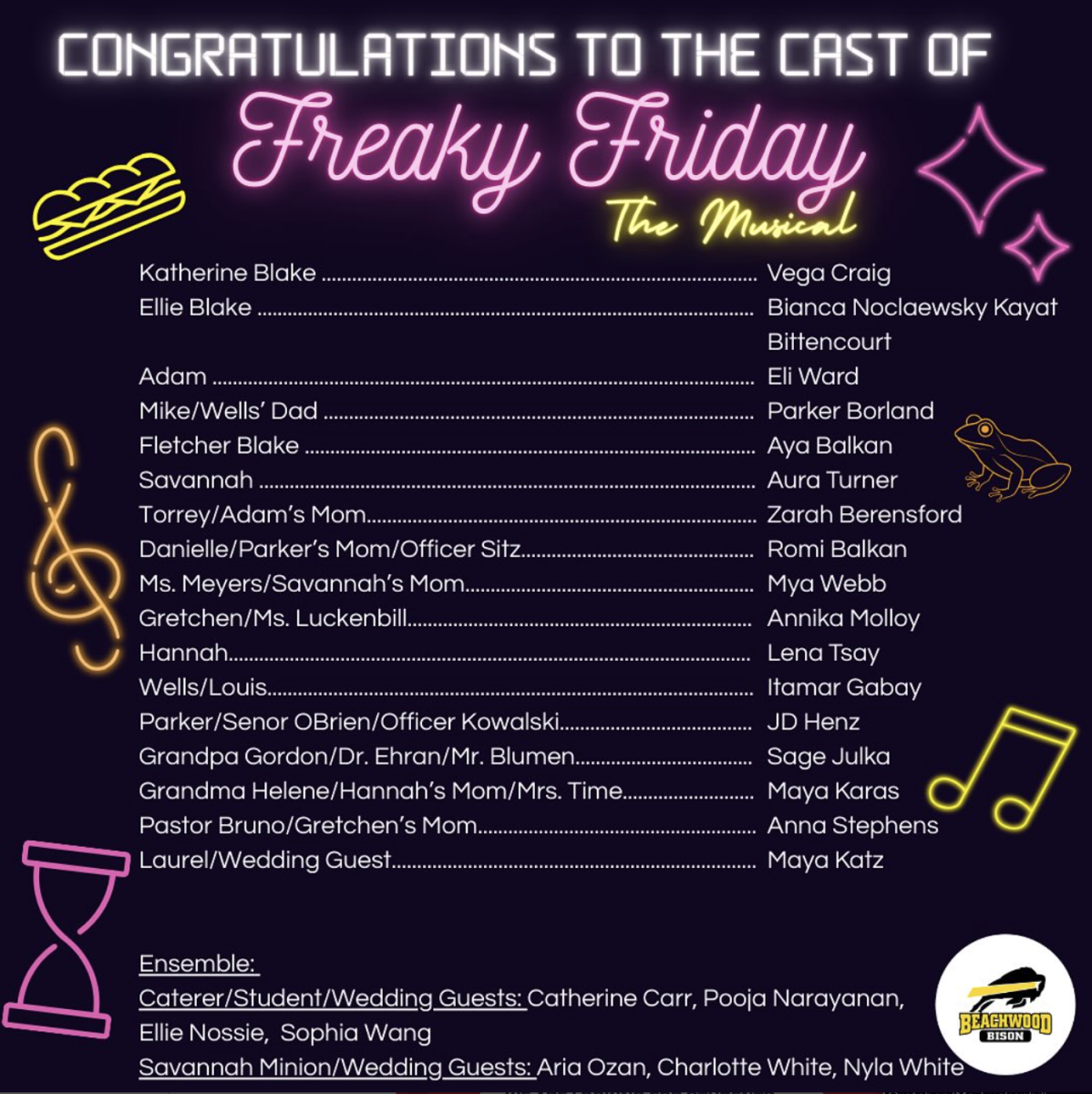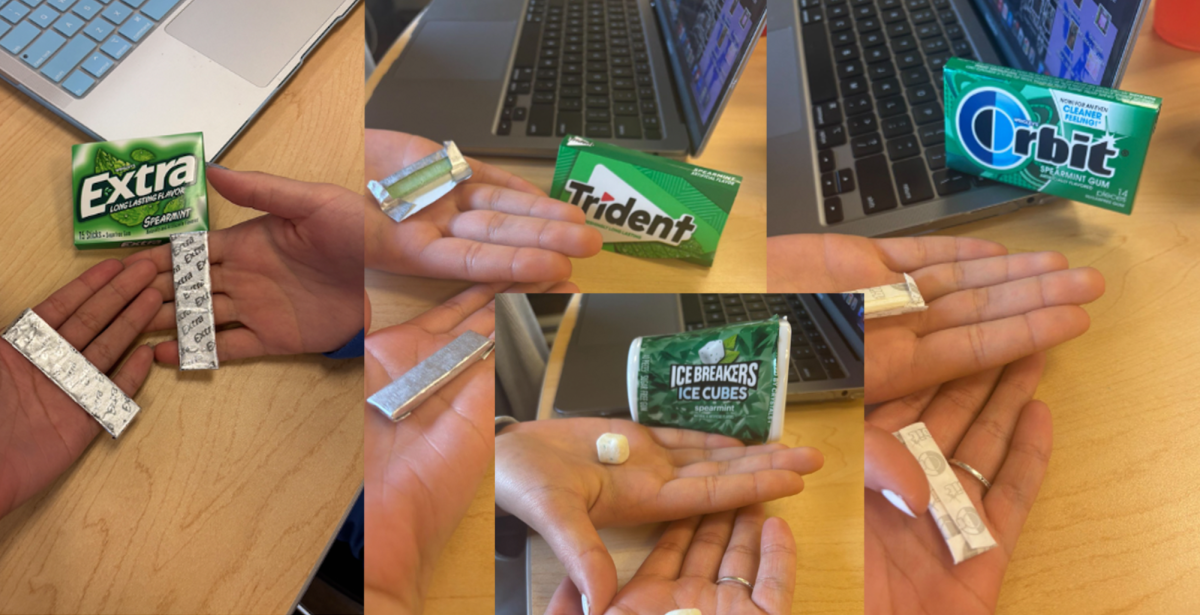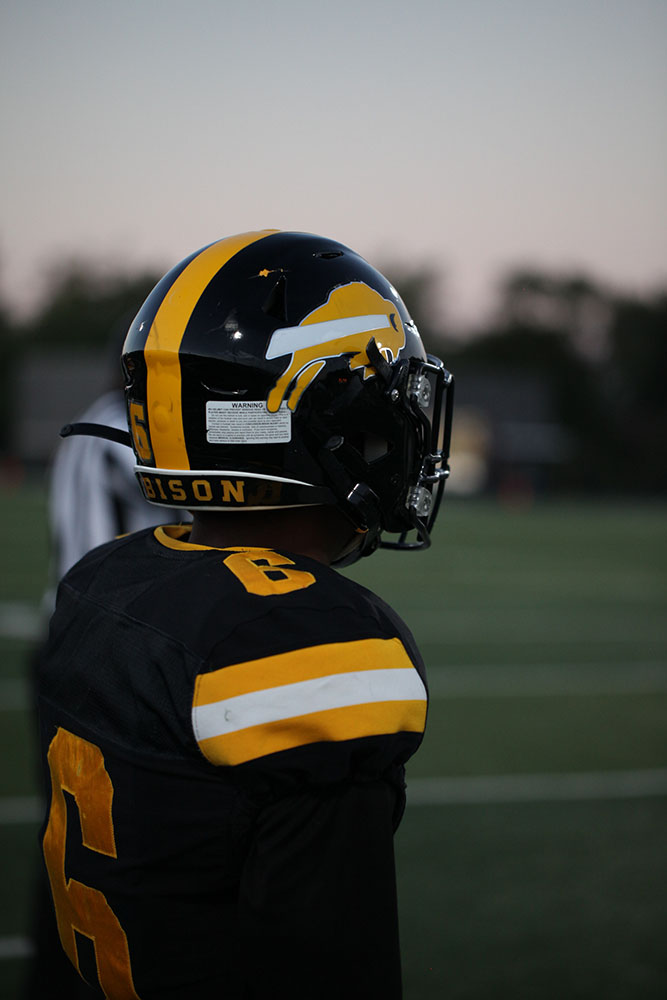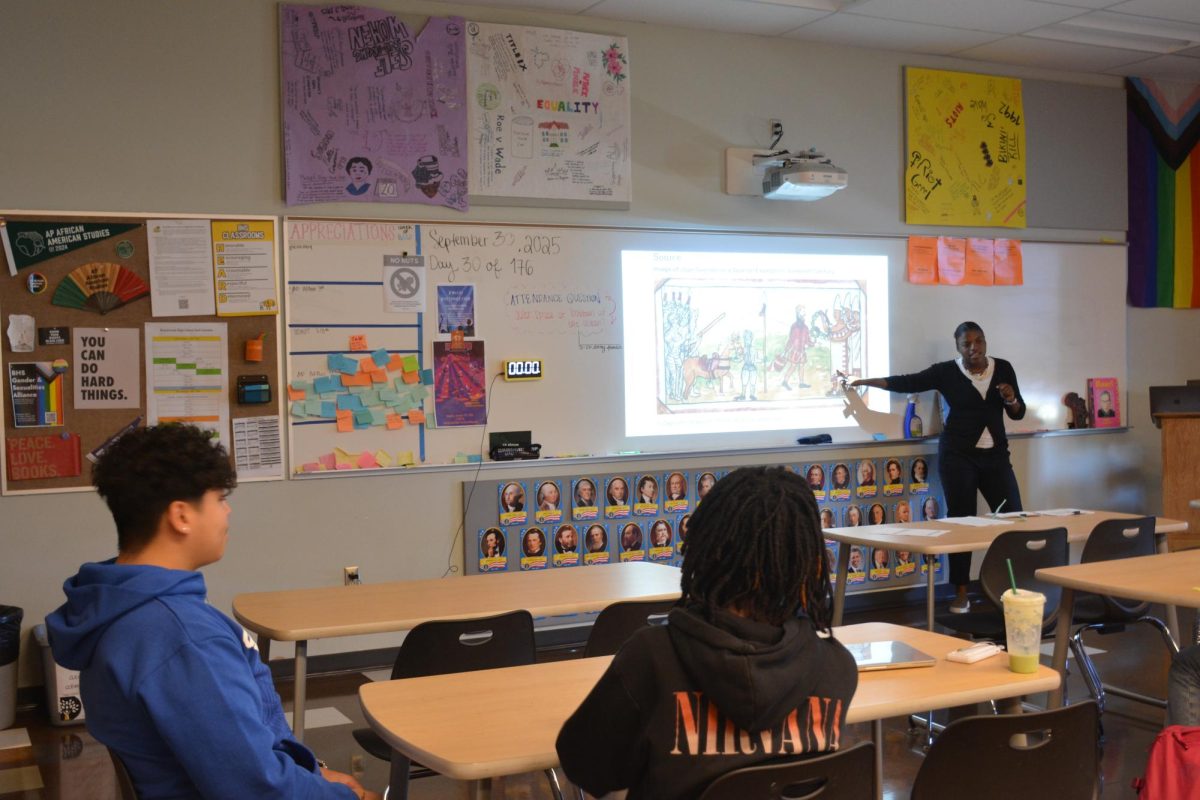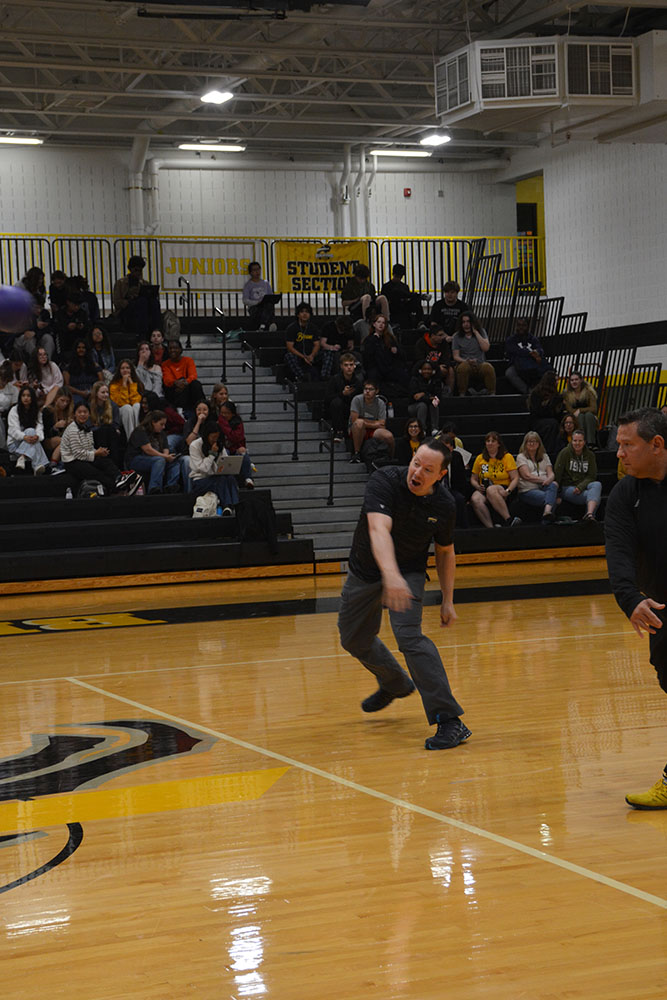Starring: Victoria Justice, Jackson Nicoll
Runtime: 86 min.
Rating: PG-13
Grade: C
If you’ve seen Nickelodeon’s Drake and Josh before (now in re-runs), you might remember that on the first Tuesday of every month, the two protagonists stop by their local movie theater and see the worst movie playing. Fittingly, they self-title their tradition “Bad Movie Tuesday.” On a given Bad Movie Tuesday, Drake and Josh would likely opt to see Fun Size without a second thought.
It only took me five minutes of screen time to conclude that Fun Size is the worst movie I’ve ever seen. Nevertheless, after another five minutes, I realized that it’s the best worst movie I’ve ever seen. Consider what I mean by that: the film is so hilariously bad that it’s brilliant. The acting is awkward, the soundtrack is poorly selected, and the actual scenes are but cruel jokes in comparison to the TV trailers. Nevertheless, the film is so satirical and accurately mocking of American culture—perhaps verging on Disney territory—that it’s thoroughly entertaining. The movie is awful, sure, but it seems almost that Nickelodeon made it that way on purpose.
Fun Size’s protagonist is a high school senior named Wren Desantis, who lives in Cleveland and, like many of us at Beachwood High School, is preoccupied with the college process. Her dream of attending NYU, her deceased father’s alma mater, is thwarted by her mother’s desire for her to matriculate at Ohio State. (Sound familiar?) The tween god of Wren’s high school, Aaron Riley, invites her to his coveted Halloween party. But when Wren is forced to watch her kid brother Albert that night, all goes awry. Wren loses Albert and embarks on a mission to find him; along the way, she finds herself. As she searches frantically with her peers, Wren spends the night sorting out relationship issues, keeping her best friend in check, and healing tension between herself, her mother, and her brother as all three come to terms with Mr. Desantis’ death.
Despite its ostensibly serious plot, Fun Size is absurd for a number of reasons. Here are just a few:
Since the film proudly displays Nickolodeon’s label, and since the company has been actively marketing it to children, you’d think it’s kid-friendly; it’s anything but. Unless seven-year-olds are ready for partial nudity, obsessive swearing, and references every other minute to sex, drugs, and alcohol, parents might want to leave them at home. The couple behind me didn’t, and by the looks on their faces, something tells me they kicked themselves afterwards.
Nearly every character in the movie has an obscure, ridiculous, or anachronistic name: Wren, the protagonist; Fuzzy, the mini-mart cashier; Keevin (not Kevin, not Keith, but Keevin), the mother’s college-age companion; Roosevelt, Wren’s wannabe boyfriend; and Jorgen (pronounced Yorgen), a local thug. Surely a film with character names like these is asking to not be taken seriously.
The film is satirical to the point of cruelty. Take Roosevelt’s family, for instance, comprised of two lesbian mothers and an asthmatic cat. In truth, not every lesbian couple is bohemian, vegan, and obsessed with karma—these are merely stereotypes. In this movie, however, they’re reality. When Roosevelt’s “moms” make their final appearance onscreen, they’re weaving a quilt. Guess whose face it depicts? President Obama’s. Go figure.
The tone of the movie is horribly inconsistent. For the vast majority of the film, the jokes are slapstick, the conversations are superficial, and the dialogue is just weird. Suddenly, for maybe five minutes at the end, the mood becomes serious, the music actually matches the plot, and the characters truly develop. Then the ending, in which Wren’s brother makes a series of childish prank calls, touts kid humor and contradicts any seriousness the writers had worked towards.
The movie’s ludicrousness aside, there is one thing many Clevelanders can appreciate while watching: a majority of the scenes were filmed in Cleveland and therefore invoke sentiments of local pride. From the Coventry Drug Mart and Cleveland Heights houses on Stratford Road, to the Beachwood home (belonging to BHS graduate Ellis Cohen) in which the family scenes were filmed, the movie is reminiscent of Cleveland culture. I encourage you to go see it for its sense of Cleveland identity, if for no other reason.
When I walked out of the theater, a member of the audience bitterly advised the incoming patrons to save their money for a better film. I don’t agree. As Drake and Josh would say, everyone could use a Bad Movie Tuesday once in a while. Fun Size is the quintessential film with which to observe this tradition.






